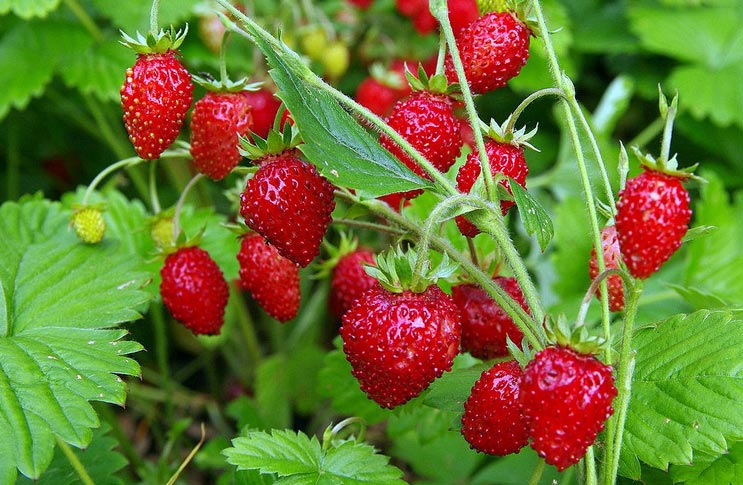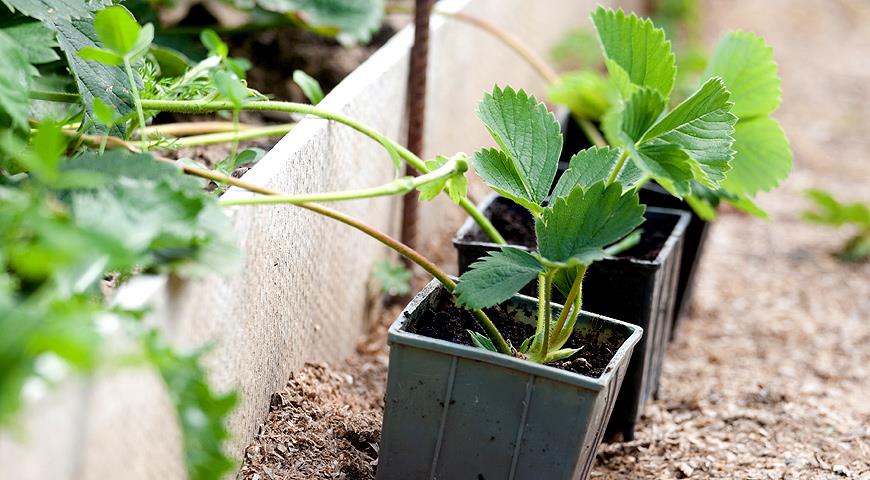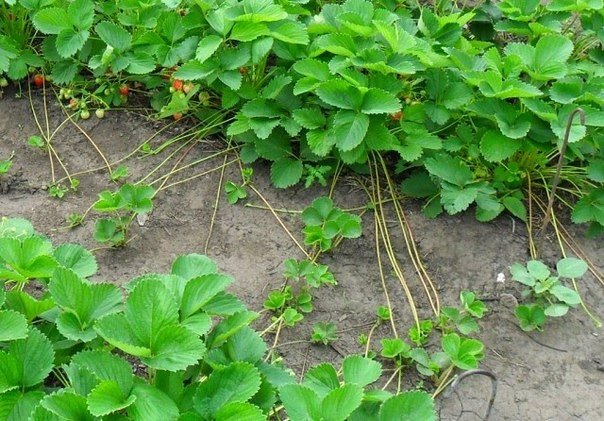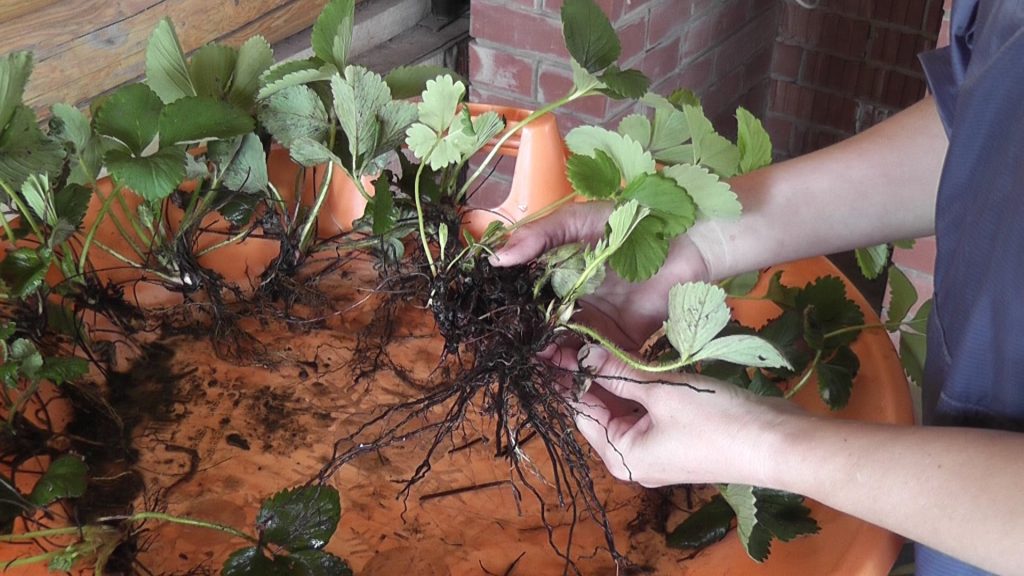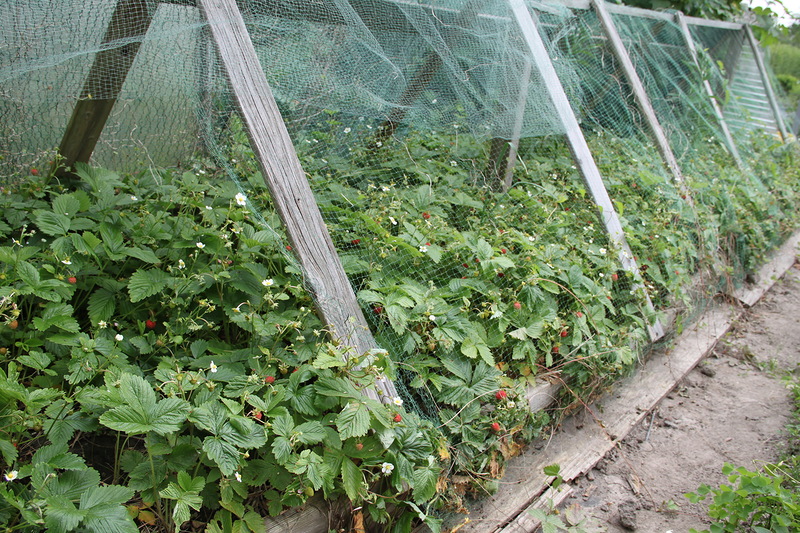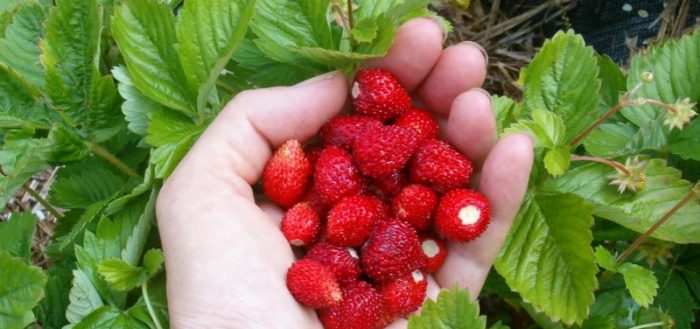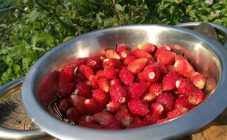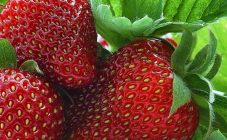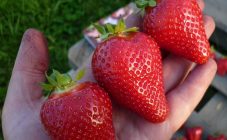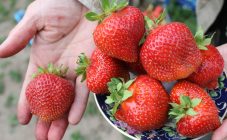Content:
Strawberry is a herb that can be found in the forest or in the country. The berry is as popular and loved as the strawberry. Repairing garden varieties can be found in many vegetable gardens. In one place, a bush can grow for 10-12 years. But only in the first 4 years will the harvest be plentiful and tasty. Then the amount of strawberries decreases in the beds, and the berry itself conceals in volumes. The plantings are aging, which means they need new ones.
How to propagate strawberries?
There are two main ways:
- Vegetative, that is, the appearance of new bushes by dividing old plantings;
- Generative is propagation by seeds.
Vegetative propagation
If there are already plantings of strawberries on the site, then it is more expedient to choose the first method. It is based on the regenerative ability of the berry. This method reproduces forest plants in nature. Its undoubted advantage is that the “offspring” retains the agronomic characteristics of the variety.
The vegetative way, in turn, is classified into:
- Natural, that is, reproduction by dividing the bush or using antennae;
- Artificial, where planting breeding is impossible without the influence of the gardener.
Reproduction is based on the ability of any plant to regenerate itself. This method of reproduction is called vegetative, such is the case with strawberries and creeping buttercup. New seedlings are obtained by dividing the parent parts. Strawberry vegetation occurs by dividing the bush.
The technology is as follows:
- dig up the plant;
- remove all leaves;
- the bush is divided with a knife or broken by hand;
- dead cinnamon shoots or buds are removed;
- choose a pair of horns with young green hearts;
- the land is carefully loosened and then fertilized;
- then the seedlings are planted and watered.
If the procedure is carried out regularly and on the same piece of land, then the young seedlings will get stronger and will bear fruit well. It is advisable to divide the bush in spring and autumn. The sooner the transplant takes place, the faster the plant will take root.
What is the best way to choose? Let's consider them in more detail below.
Reproduction of garden strawberries with a mustache
First of all, you need to choose "mother" plants. This is the name for those bushes that, during the last fruiting, gave large berries. Strawberries are propagated in late spring or early summer. Within a specified period, the plant will acquire a large root system, which will allow it to survive the winter.
Strawberry whiskers are young shoots on which rosettes are tied. We must wait for them to appear on the bushes. The largest ones are chosen, which are located next to the "mother". Next to the latter is a branched root system that will help grow seedlings for planting.
Those mustaches that will not be used are cut diagonally with scissors. This procedure is performed several times over the summer. A young shoot with a rosette cannot be removed from the mother bush.
Further, the breeding process is performed in two ways:
- With the help of pots (cups);
- Direct planting on the beds.
The first method involves the gardener having a sufficient number of containers for all the sprouts. Disposable cups or plastic small pots can be used as such.
The technology is very simple:
- The container is filled with soil with which the fertilizers were mixed;
- The socket is carefully buried in a glass, about one third;
- Then the container is buried in the ground;
- The seedling is watered every day, but so that puddles do not form.
The second method involves pinning antennae with rosettes directly to the ground without additional devices. Before this, the soil is fertilized with sawdust or peat. A process is laid in a small hole so that the tail is visible, and the rosette is above the ground. After that, the seedling is watered. The grown seedlings can be transplanted into a glass, if required.
When the seedling grows up, it is disconnected from the mother bush. This will force the plant to feed on its own roots. The main thing is not to waste time, otherwise it will affect the level of the harvest.
Wild strawberry propagation
The underground part of the plant is the rhizome. Every year, a modification occurs with it; it increases in the warm period due to new roots. By autumn, growth ends with the formation of a heart (kidney). The old part of last year serves as the roots of the strawberry, and from the young one leaves, whiskers and peduncles appear. It is necessary to propagate the plant with the help of new shoots of the rhizome and the bud itself.
This process can be done in several ways:
- As a planting material, a young root section is used, which is divided into parts, and the heart is cut off. Last year, this section of the rhizome produced leaves, in which the adventitious buds remained. Ten days after planting the pieces, new plants appear from the latter.
- Here, on the contrary, a heart is used as a planting material. It can be found at the top of the rhizome. This part is cut lengthwise into several pieces. The heart contains axillary buds, which will give rise to a new bush. To do this, wait about a week after planting the material.
To make it easier for a new seedling to grow and gain strength faster, a shadow is made for it at first. This can be done using planting boxes or glass. It is advisable to propagate the early varieties in greenhouses, and the later ones, on the contrary, in the open field.
New seedlings, when propagating without a mustache, directly depend on the buds, which are present on young roots or in the heart. They will grow as many as there are in these areas of the plant. In this case, the rhizomes usually have 5-12 buds, and the heart has a maximum of 4 pieces.
Strawberry agricultural technology
How strawberries reproduce is understandable, but what about leaving? Homemade berries require the same care (pruning, feeding) as many garden plants. What will be the harvest depends largely on the gardener.
There are a couple of conditions that must be observed when growing fruits:
- As soon as the last snow melts, it is necessary to loosen the ground around the strawberries. Along the way, the area is cleared of old leaves and weeds. This is good for maintaining moisture in the soil;
- Plants are fed with ammonium nitrate or potassium;
- To prevent the spread of diseases, the bushes must be sprayed with a 4% solution of copper sulfate;
- Between the rows and around the bush, the soil is covered with wood chips. This trick will get rid of the weeds, as they can grow through the sawdust;
- When watering strawberries, care must be taken to ensure that no water gets on the leaves or berries. To do this, it is best to water the rows between the plants, and not the bushes themselves;
- Strawberries must be inspected periodically. You must immediately get rid of the modified one, since the bush is most likely sick;
- A couple of years after fruiting, the leaves, which are very close to the ground, are removed, after which the bush is sprayed with copper sulfate and fed;
- For better fruiting, strawberries are fertilized at the peak of the season with a 0.3% urea solution;
- Old plants are used to make compost. To make the heap decompose better, nitrogen is added to it.
The main condition for good growth of strawberry berries is proper care for it.Any effort made here is compensated a hundredfold in the form of bright tasty berries on your table.
